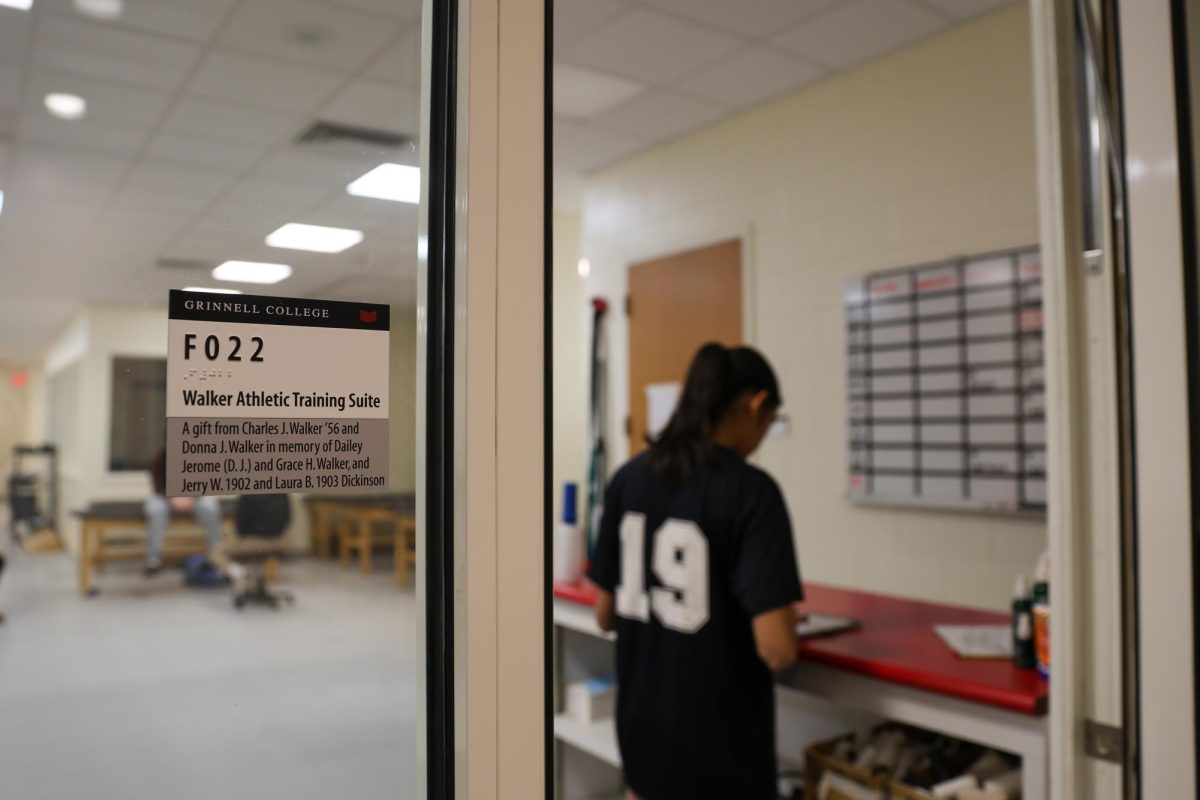Imagine that you are a upper-echelon high school basketball player. You’re ranked in the top five by recruiting services, get named to national all-star teams, and are constantly barraged by college coaches begging you to come play for them next year. After that, it’s off to a long, lucrative career in professional basketball. Your situation sucks, right? Miami Heat Center Jermaine O’Neal thinks so.
Nearly five years ago, NBA Commissioner David Stern instituted a new requirement for eligibility in the NBA draft, making it necessary for players to be at least 19 years old and at least one year removed from the graduation of their high school class. The new rule effectively forced the best high school players to play college basketball for one season before making their inevitable jump to the bigs. O’Neal, himself a high school draftee, called the rule racist because it would prevent players from providing for their impoverished families as soon as they could. And while Jermaine might have more appropriately called this bias classism rather than racism if he had gone to college, avoiding misnomers isn’t what NBA players get paid for. The average NBA salary comes down to about two public schoolteachers’ annual salaries per game, so the amount of money lost during that interim year by a would-be first round draft pick is quite significant.
While this financial argument is the strongest piece of evidence against the age minimum, it’s not very compelling to me. I’m not going to feel bad for the guy who has to go to the college of his choosing for free, delaying his annual payday of millions by a single year. In my opinion, the rule is not all bad for the players, because it gives them another year to mature, both mentally and physically, in preparation for the rigors of the NBA’s 82 game season. Some players with lottery pick potential like North Carolina’s Ed Davis or Oklahoma’s Willie Warren must be Dirty Projectors fans because they decided stillness was the move and stuck around an additional year to hone their skills. Equally important to the resulting positive development of these young players, the rule has provided a boon to college basketball in general.
The rule’s consequence for college has overwhelmingly been that the most talented high school players take part in NCAA hoops rather than jumping to Europe or the NBA Developmental League, as some sports pundits predicted. College ball offers better exposure, so guys like Kevin Durant (Texas), Derrick Rose (Memphis), O.J. Mayo (USC) and Kevin Love (UCLA) spent a single season dominating college competition before going to the league. The brief, electrifying college careers of these players makes college ball more exciting simply by adding to the ranks of freakishly talented individuals creating highlights every time they touch the ball. The NBA’s new rule forces the best of the best to play college, and so we get to see freshmen like Kentucky’s John Wall or Durant step in and immediately contend for national player of the year honors. The star-power provided by definite future first-round picks is an added incentive for casual fans to tune in to the excitement, color and pageantry of college basketball. This added exposure will win college hoops more fans and more money through higher TV ratings when they contrast the deeply passionate environment of college ball with the rote sterility and perfunctory play of the NBA. However, there have been some negative consequences in the college game. Some commentators, most notably former coach Bob Knight, have denigrated the rule as compromising the purity of college basketball because “one and done” players don’t need to pass more than six credit hours for the fall semester, and don’t have to even take classes in the spring semester. This argument, however, is silly. College basketball lost its innocence with the advent of nationally-televised games in the 1970s, and it’s been as much about money as it has been about winning ever since. So even though short-term stars might not win a national title, they put butts in arena seats and lend national relevance to programs with regional fan bases, like Michael Beasley at Kansas State.
The only other negative consequence for the college game is that freshmen departing for the draft can leave the cupboard bare for some teams. Some highly touted prep prospects with the size and athleticism that is attractive to the pros who didn’t fare as well in the university ranks like UCLA’s Guard Jrue Holiday were still drafted far higher than the level of their collegiate play recommended. Holiday averaged about nine points in 27 minutes per game his freshman year, but was taken with the 17th overall pick. Holiday’s early entry to the draft devastated this year’s Bruins squad, which is currently one game below .500, making them unlikely to make the NCAA tournament after having gone to the Final Four three of the last five years. It may be hell on coaches to have to replace their most talented young players, but that was happening before the age minimum was enacted and leads to greater parity, which is good for the game. Now the programs like UCLA that have the pick of the litter of prep recruits have to contend with programs that don’t recruit as well but are able to put a system in place and develop players over four years, which means that March Madness will only be getting madder as the consequences of the “one and done” rule are more fully realized.

















































